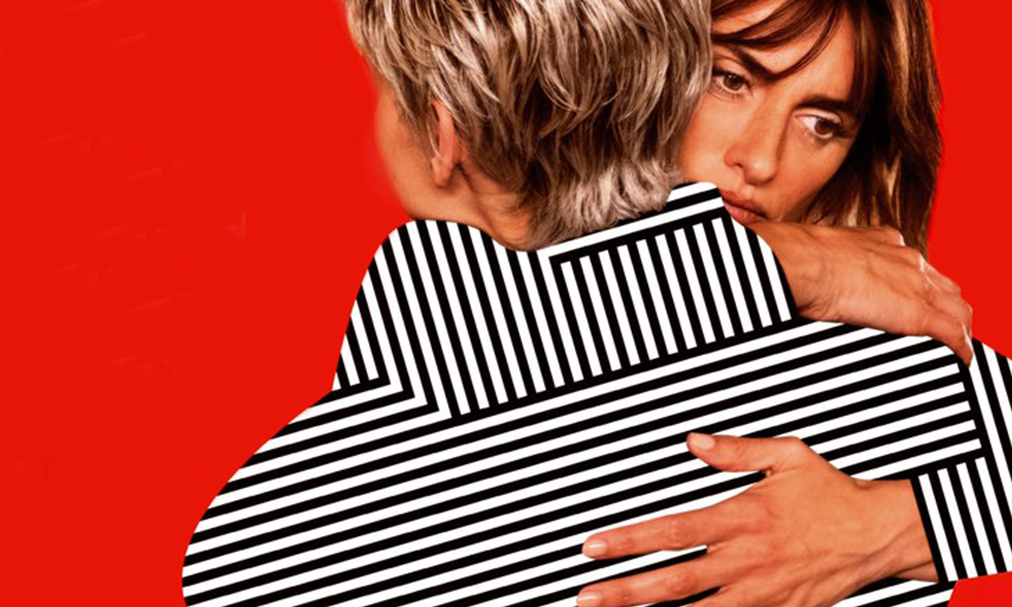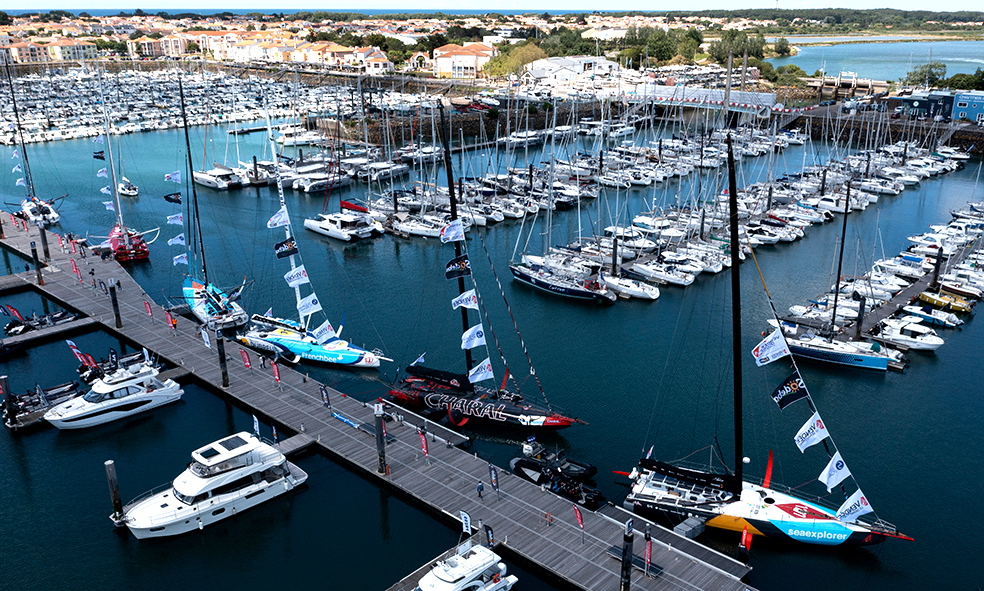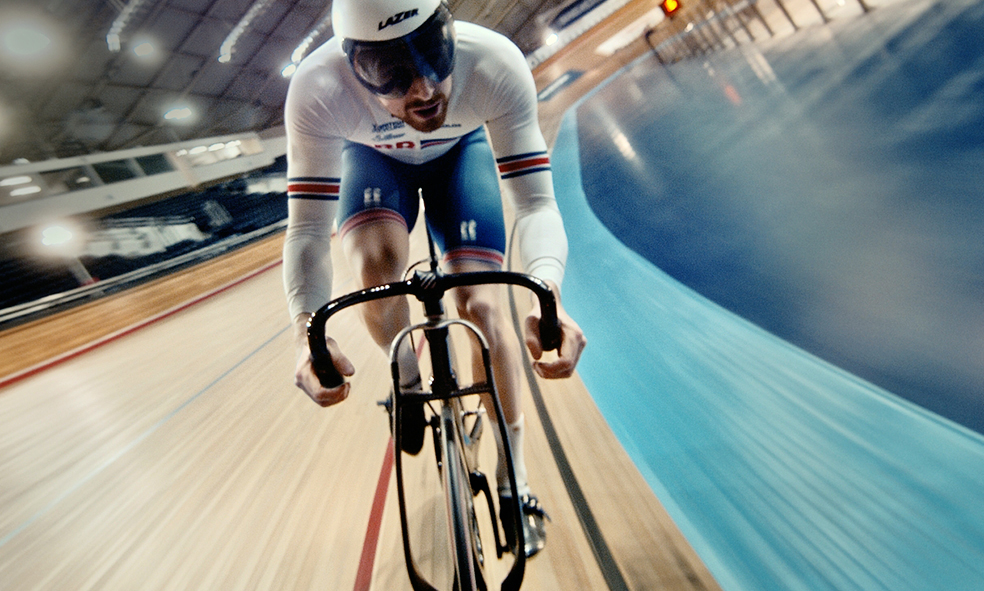Director Pedro Almodóvar breaks down the topic of parenthood with his favourite muse Penelope Cruz in his new film Parallel Mothers. But, as Andrew Threlfall discovered, this most unique of feminists has always put women, motherhood – and his brother – first.
Parallel Mothers director Pedro Almodóvar
Interview by Andrew Threlfall
AT: Why have strong women always been the central characters in most of your films?
PA: Well, the arguments between my mother and sisters had a lasting affect. They adored each other but the impression they gave to the outside world was that they couldn’t hate each other more. We went to rehearse this scene at my sister’s house once when my mother was then living there. My mother and sister were sitting on one side of the room and on the other side of the room I was there rehearsing with the three actresses. Never have I felt like I did as then, as if I were looking at a mirror and on one side was reality and the other was fiction, fiction that was reflecting that reality. Reality and fiction, at times, interacted. My mother and sister didn’t get offended listening to these barbaric comments (in the script) that all too accurately reflected what they had been saying to each other. My mother would actually take notes…
AT: Is this part of the reason that your brother, Agustín, is your life long producer?
PA: Yes fortunately. He’s my sign of identity. And he is the most important person in my life, and my work. He represents, for me, my memory . . . He’s a very strong person. I remember him in all the more important moments of my life and he was looking [at what was happening] with me . . . We have the same sense of humour. No one like Agustín understands what I write so I consult him always, since the very beginning and he also gave me a lot of great ideas . . . It’s a privilege. I’m such a free director because he takes care of that. He’s more conscious about the problems surrounding me. Having Agustín as my producer means that he has power over the film, especially when it’s released. The career of a film, its longevity, depends on the distribution and that’s not always dependent on the money you make. Agustín’s goal is to protect my films, even to restore the negatives and sound in order to ensure, in the long-term, that they shine better than ever.
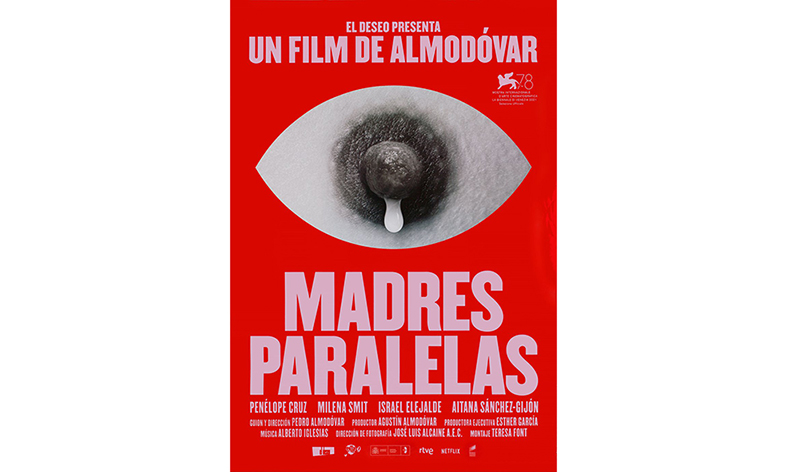
AT: Did you feel a massive influence from your mother in both your younger life and later as a filmmaker?
PA: This was a post Civil War generation. They were really strong women, fighters . . . they worked on the land and then they’d run the home and still had a sense of humour. They would wash things at the river and still sing songs. The country survived because of that amazing generation of women. There was no such thing as nannies so you’d either go with your mother or stay with a neighbour. The men appeared at some time in the evening. They were symbols. The women sat on the patios, sewed, worked, and told stories, often about horrible things that had happened: suicides, unwanted pregnancies… Even aged four of five, the children heard these stories.
AT: Do you think that your fascination with vibrant colour in your films came from these women?
PA: Yes, though they dressed in blacks and greys. In the late 80s my mother asked a stylist on my film to ‘Bring me flowers. I don’t want black’. I overheard her tell the stylist that, since her infancy, she had been made to wear black because of the death of her parents. Then, as more family members passed away, she had to continue wearing black. Until she was thirty, she basically lived in black clothing. I was shocked by this revelation and so my response to that tradition was to counter with the vibrancy of bright colours. Black can be a very elegant colour if you actually decide to wear it. If you don’t decide to wear it and it’s inflicted on you then it’s a nightmare of a colour. In the cinema you have to take into consideration what you’re going to mix the red with because it’s a colour that absorbs the attention of the eye. And you can combine red with almost every colour, even green, but there is one it should not be mixed with – and that’s yellow.
AT: That of course, is the Spanish flag hahahaha. So can you tell me about your actors and the ‘process’?
PA: I spend more than half my time rehearsing and talking with the actors because their faces and expressions are so important. I only think about potential actors for the roles after writing the script. But there are exceptions. Like Carmen Maura for Women on the Verge of a Nervous Breakdown, Antonio Banderas for Tie Me Up! Tie Me Down! and Penelope Cruz for Volver. And sometimes my scripts change so much that I start with women and they wind up being men! So having an actor in mind so early on in the process is not always wise. You can make big mistakes during the casting and just 10 years ago – you couldn’t ask an actor to come for an audition in Spain because they felt insulted. Things have changed now. The actors are still never good enough in one audition, and if you make one mistake – it can be fatal to the movie.
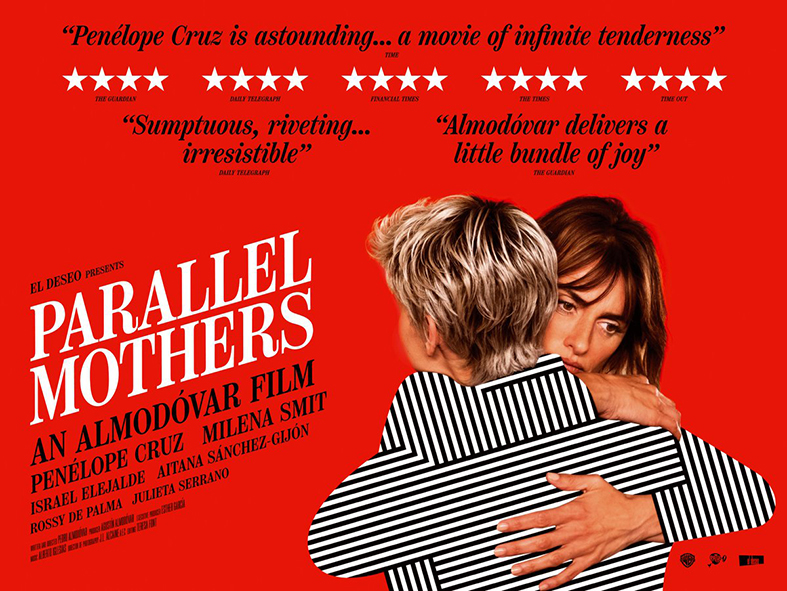
AT: Rossy de Palma, who you have worked with on numerous occasions previously, has had many very different looks. Is that important?
PA: With Rossy de Palma especially, I once opted for ‘ugly’, ‘second-hand’ outfits, outfits that existed before on the body of another person. The first thing actors ask about a character is ‘What am I wearing?’ because the moment they look in the mirror, with the make-up and the wigs and the outfit, they understand exactly what kind of person they’re going to be.

AT: And the same goes with sex scenes?
PA: “Sex is a part of life and part of the life of the characters. I don’t try to show organs but instead create the illusion that what you’re seeing is real. Fortunately, I have worked with actors without prejudices and problems in this area and they’re largely responsible for why these scenes have come out so well. In Tie Me Up! Tie Me Down! The Motion Picture Association of America decided to class the film as X-rated because of the sex scene. It was a close-up and the camera was moving with them and for the MPAA viewers, they thought it was real and that it was basically a porn film.
It’s never dull with Europe’s greatest auteur.
Parallel Mothers is in cinemas now
You may also like to read where Tahar Rahim’s favourite places in Paris are in our interview with the acclaimed actor here




